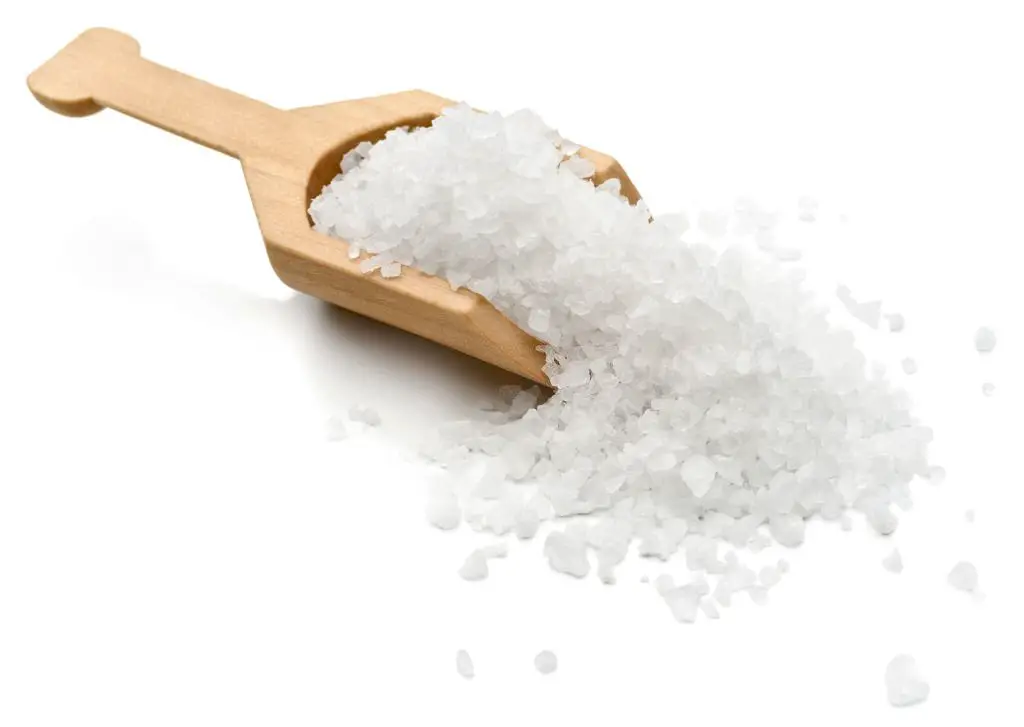Last Updated on October 8, 2022 by Real Men Sow
Rock salt is often used as a deicing agent, helping to prevent winter accidents on roads and driveways. When wintry weather is forecast, road crews add rock salt to the roads. Rock salt can also be deadly for your lawn because of its ability to break through the ice. Rock salt can not only harm your lawn but also prevent grass from growing for many years.
How Rock Salt Affects the Grass:
Moisture
Salt keeps your lawn’s roots from becoming wet by removing moisture from the soil. The plants die when they become dry and dehydrated. Salt can also dry out a blade of growing grass, causing it to turn brown and become dry. Although it doesn’t cause much harm, touching dormant blades of grass can result in soil damage that could prevent dormant lawns from receiving the water they need.
Toxicity
When salt is dissolved in water, it tends to separate into its primary ions. The sodium ions prevent grassroots from receiving the necessary nutrients like calcium, potassium, and magnesium. Instead, the chloride ions are absorbed into the roots and grow to toxic levels. The grass that has too much chloride will not be able to produce chlorophyll and will become starved if it cannot convert the sun’s energy into energy.
Duration
The soil naturally has low levels of salt, particularly if fertilized regularly. Your lawn won’t be affected by a few small pieces of rock salt. However, large amounts of salt can remain in the soil for many years and build up over time, making it toxic to your grass. Salt remains in the soil until it is washed away by rainwater. This means that you will not be able to plant new grass until the salt has gone. This process can be accelerated by giving the affected area a thorough watering. As soon as it is warm enough, give the area deep soakings every day to drain the salt from the roots.
Options
While you cannot control the local government’s use of temporary snow and silt fencing to keep roads clear during icy conditions, you can protect your lawn by installing temporary snow and silt fences. It keeps salt from reaching your lawn by blocking most of it. Plastic sheeting can be used to cover your grass. It is held down by rocks or landscape staples. Alternative ice-melt products are available for your driveway and sidewalks. You can find them in garden centers, but you also have options for small areas that may be slippery.

